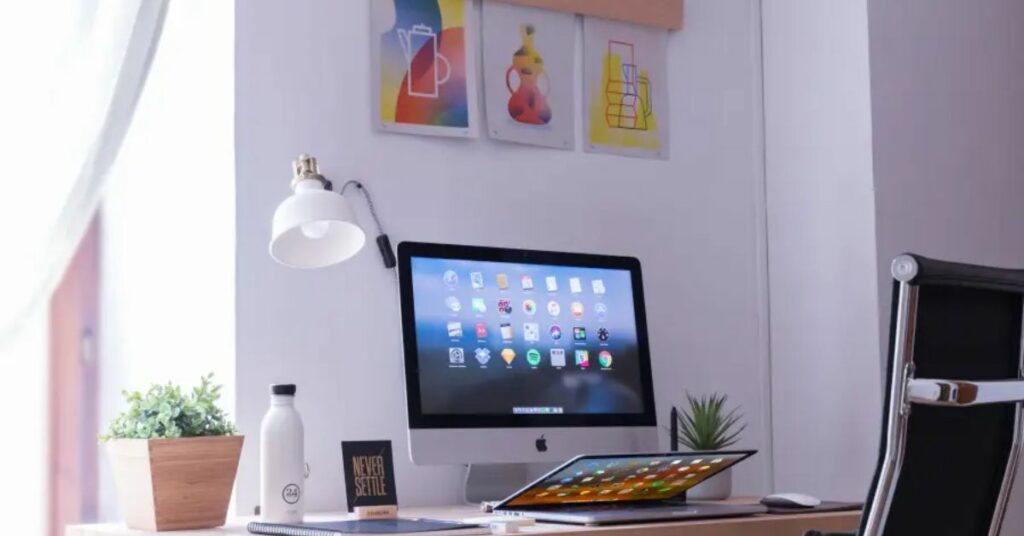The definition of technology that can be found in the Merriam-Webster dictionary is “a means of accomplishing a task specifically using technical processes, methods, or understanding”. Because they offer more effective ways to carry out activities, new technologies in the healthcare industry have the potential to reduce the personnel gap. As a result, this will improve the standard of medical care and reduce the social and economic strain placed on society.
The following are examples of technologies that can improve workflow and help make up for the shortage of workers:
Telesitting is one application of live video that can be utilized to monitor multiple patients at once. The most prevalent type of telesitting technology consists of one-way images and two-way audio transmissions. Remote monitoring and monitoring carried out from a central place within a health system are also options for sitters. It is beneficial for the care of older adults.
It enables a single nurse to supervise a number of patients, freeing up their colleagues to focus on various other responsibilities. They can communicate with patients if required, deploy automatic responses in several languages, and sound an alarm if a patient needs emergency assistance.
It is no longer necessary for an organization to employ a babysitter for each patient room. Nurses can organize files, perform administrative chores, and manage without running the risk of suffering from burnout, which enables them to serve their jobs to the full extent of their license.
Telehealth refers to delivering medical care across a distance using various telecommunications technology. This is important in locations far from hospitals and clinics, such as rural areas and villages. Examples of these types of areas are rural areas and towns.
It establishes a connection between rural clinicians and the patients they serve and services located in remote locations. These services are often made available through websites, programs, and other tools that may be accessed quickly and easily using a mobile phone, computer, or tablet device.
The patient’s queries, photos, and test results can be sent directly to the treating physician via one of these programs. In addition to video conferences, direct telephone conversations are also an available option.
Remote patient monitoring allows for the provision of medical care as well as the prescription and administration of medication. It is possible to determine remotely if a patient needs emergency treatment or minor operations that require surgical involvement.
Chain blocks Credentialing is a way to ensure that health care providers have the right qualifications. It checks for health training, licenses, and the ability to give direct care to patients. Organizations are called to confirm the information, and the documents are reviewed.
These include a license from the state, board certification, past education, ongoing training, and a connection to a hospital. This technology stores data on many servers instead of just one central server. It lets everyone on the network see new entries as soon as they are made. So, communication networks can be set up that make it easier for healthcare professionals to share information.
If you like this article, you might also be interested in the following:
- GenYoutube: How To Download Photo, Video From Youtube? Free Online
- Unbelievable Mac Hacks that can Make Your Life Trouble-Free
Mobile staffing apps and staff enhancement This method uses people from outside the company to evaluate the skills and abilities of the employees. Hospitals and clinics can hire organizations that handle the hiring process, from finding candidates to interviewing them and checking their credentials.
Such a process can help the hospital staff, who already have too much to do. Mobile staffing apps make it easy for doctors to hire workers for clinics. Nurses, physician assistants, and other healthcare workers can upload their credentials to mobile apps, making hiring them much more manageable.
AI is used in healthcare to help make sense of data by spotting patterns that can lead to better treatment outcomes. Algorithms are used to figure out how likely something is to happen, like how often tuberculosis shows up on chest X-rays or how likely it is that an older adult with osteoporosis will fall. AI also helps doctors do complicated surgeries on organs like the heart, which are hard to do alone. Nurses and doctors are taught to recognize these patterns, which lets them give the proper treatment at the right time.
Demand keeps increasing for clinicians, nurses, nurse practitioners, and physician assistants. This is mostly because there are more people. In the past year and a half, COVID-19 cases have also added to the stress on the health care system.
The Association of American Medical Colleges says that by 2034, the United States could have a shortage of between 37,800 and 124,000 doctors. The lack of clinicians can strain current clinicians and hospital systems, but using technology to improve workflows and patient care can help ease the strain.
Stay connected to our homepage for more such updates, Journalistpr.com

